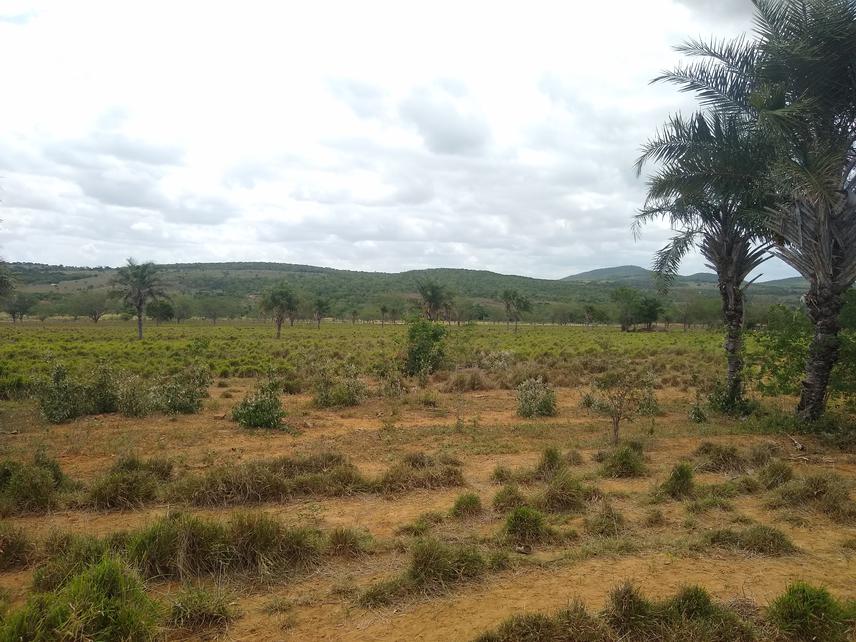Clemensou Reis
The habitat loss due to unplanned agriculture advance and invasive livestock management practices are one of the main drivers of the worldwide biodiversity decline in human-modified landscapes. The disappearance of dung-beetles may trigger several cascade effects, leading to a disruption of a range of key ecosystem functions and services necessary to both natural habitats and livestock production. However, further studies are needed for investigating the influence of landscape and local management livestock on dung-beetles in tropical semiarid landscapes. This is the case of the Caatinga domain – an endemic and exclusive Brazilian biome. Now, besides economically contributing to Brazilian cattle herd, this region face challenging problems with desertification intensified by anthropogenic activities, such as logging, slash-and-burn agriculture, firewood harvest, or from the continuous depredation of the vegetation by cattle, sheep, and goat herds. Furthermore, intensive local management of pastures might reflect on production loss or increase in production costs.

This project aims to determine the effects of livestock management and landscape composition and configuration on dung-beetles diversity and environmental services, i.e., bioturbation and dung removal. Important functions are provided by dung-beetle that enhance healthy pastures and natural process functions. Thereby, we will conduct our dung-beetle sampling on ranches and fragments of native vegetation. Together with pitfall traps we will use mesocosm arenas allowing evaluating dung-beetle environmental services.
This is the first study focused on evaluating the effects of landscape metrics and livestock management practices on dung-beetles’ assemblages and the consequences on their ecosystem services in Caatinga. This work will also contribute on evaluating the effect of cattle grazing in a Federal Conservation Unit. As outcome of this research, conservation actions can be suggested to protect Caatinga remnants and support less invasive practices for livestock management ensuring the dung-beetles conservation and their ecological functions. Producers aware of the benefits derived from ecosystem services promoted by dung-beetles and the preservation of native habitats would become active agents in the promotion of good practices for the biodiversity conservation. The data from illegal introduction of cattle on the federal unit will guide original strategies to be included in its management plan.